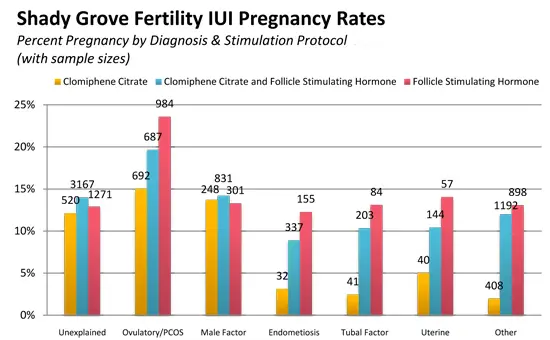Clomiphene citrate – more commonly known as Clomid – has been on the front lines of fertility for over 50 years, but, unlike the more advanced fertility technologies, pregnancy rates for women using Clomid have varied very little in that time. For many women trying to conceive, especially those under the care of their OB/GYN, Clomid is the first step on their fertility journey. Before beginning Clomid treatment, check out this helpful Clomid FAQ addressing many of the questions that patients have when using Clomid.
Medical contribution by:
If you have questions regarding infertility treatment or would like to schedule a new patient appointment, please call our New Patient Center at 877-971-7755 or click to schedule an appointment.








